This week on FEEDBACK FRIDAY: When overdyeing indigo with weld, mordanting before or after?
Mordant Monday: LIME GREEN
On this Saint Patrick’s Day, learn how to make this punchy lime green! We are pulling this exciting color back from our archives. Wink wink, you might remember it from this summer…Using weld and indigo, you can get awfully close to this punchy acid green. Natural dyes are often thought of as pastel or “soft” colors, but we’re here to help you make a hue that really packs a punch! This is the basic recipe Start with a mordanted cotton bandana, soak it in warm water for 30 minutes to thoroughly wet it out, and dip in a very light … Read more

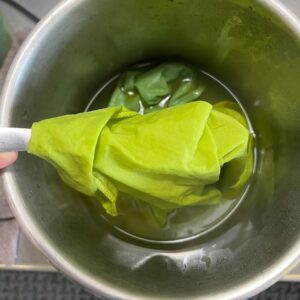

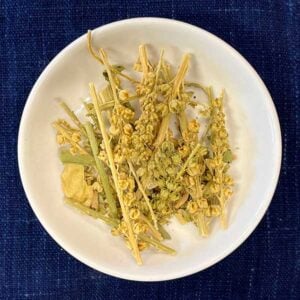





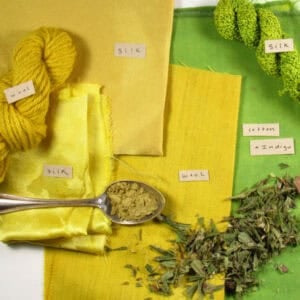
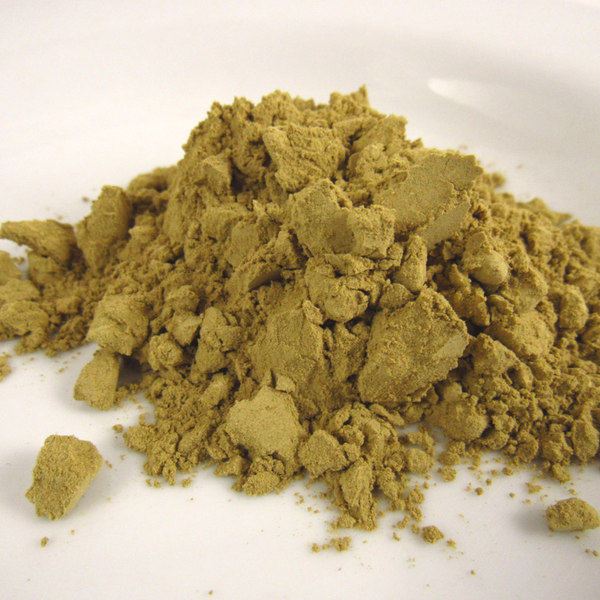
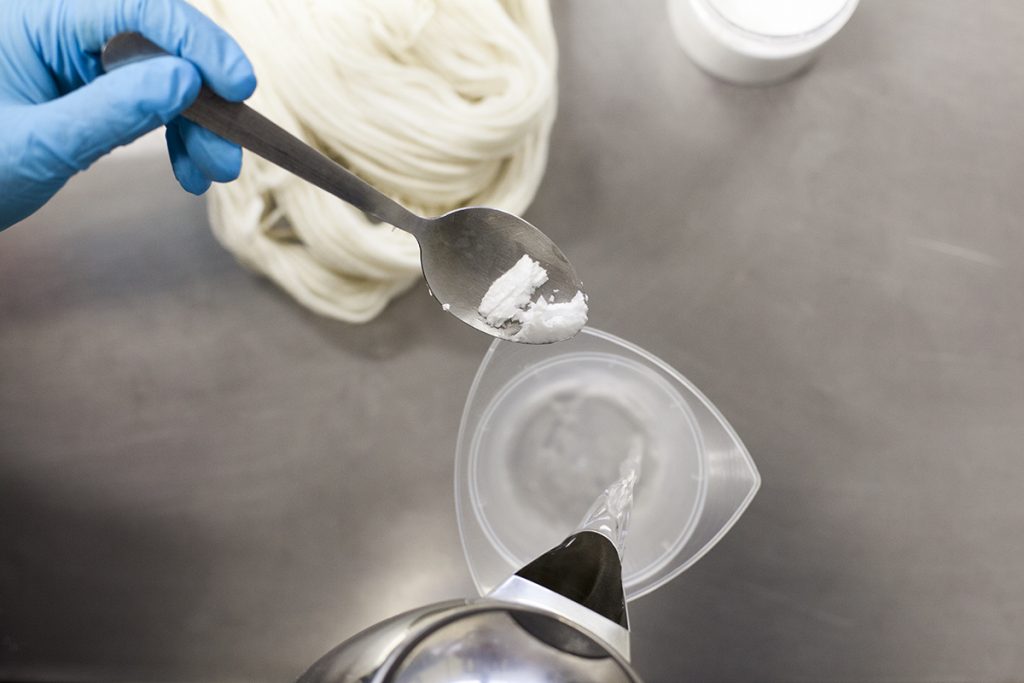 This week: How do you know when to scour and when dyeing fleece, how can you get a deep green?
This week: How do you know when to scour and when dyeing fleece, how can you get a deep green?